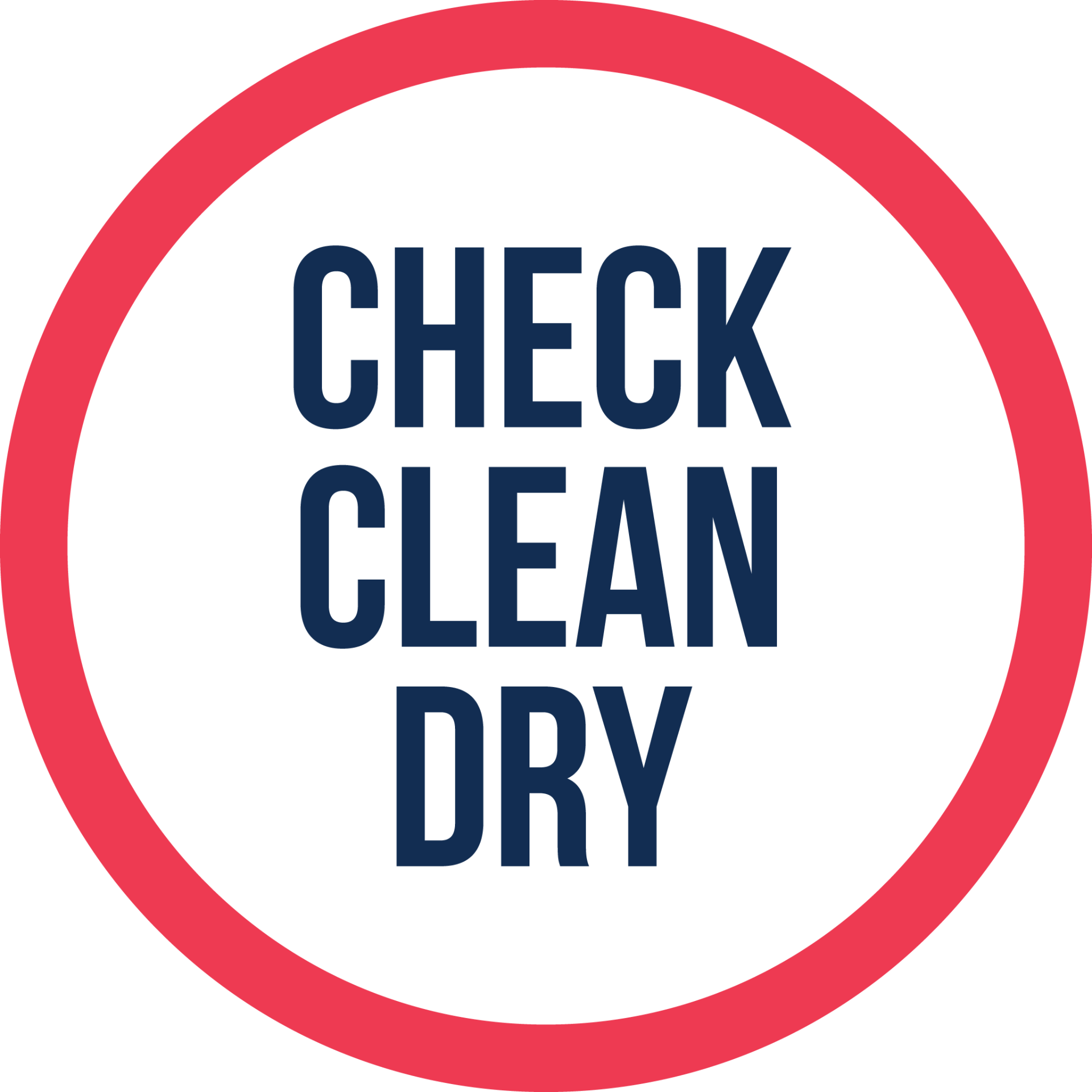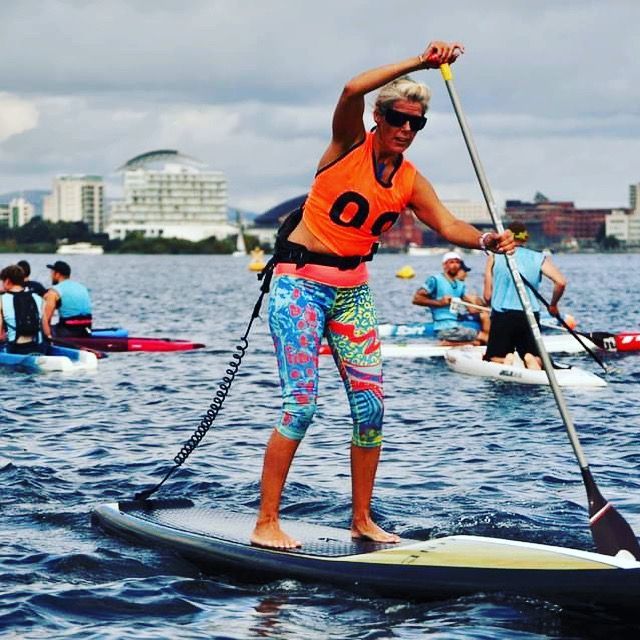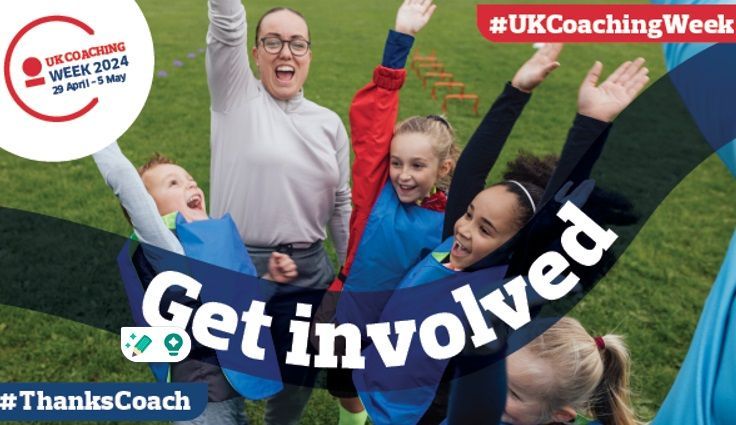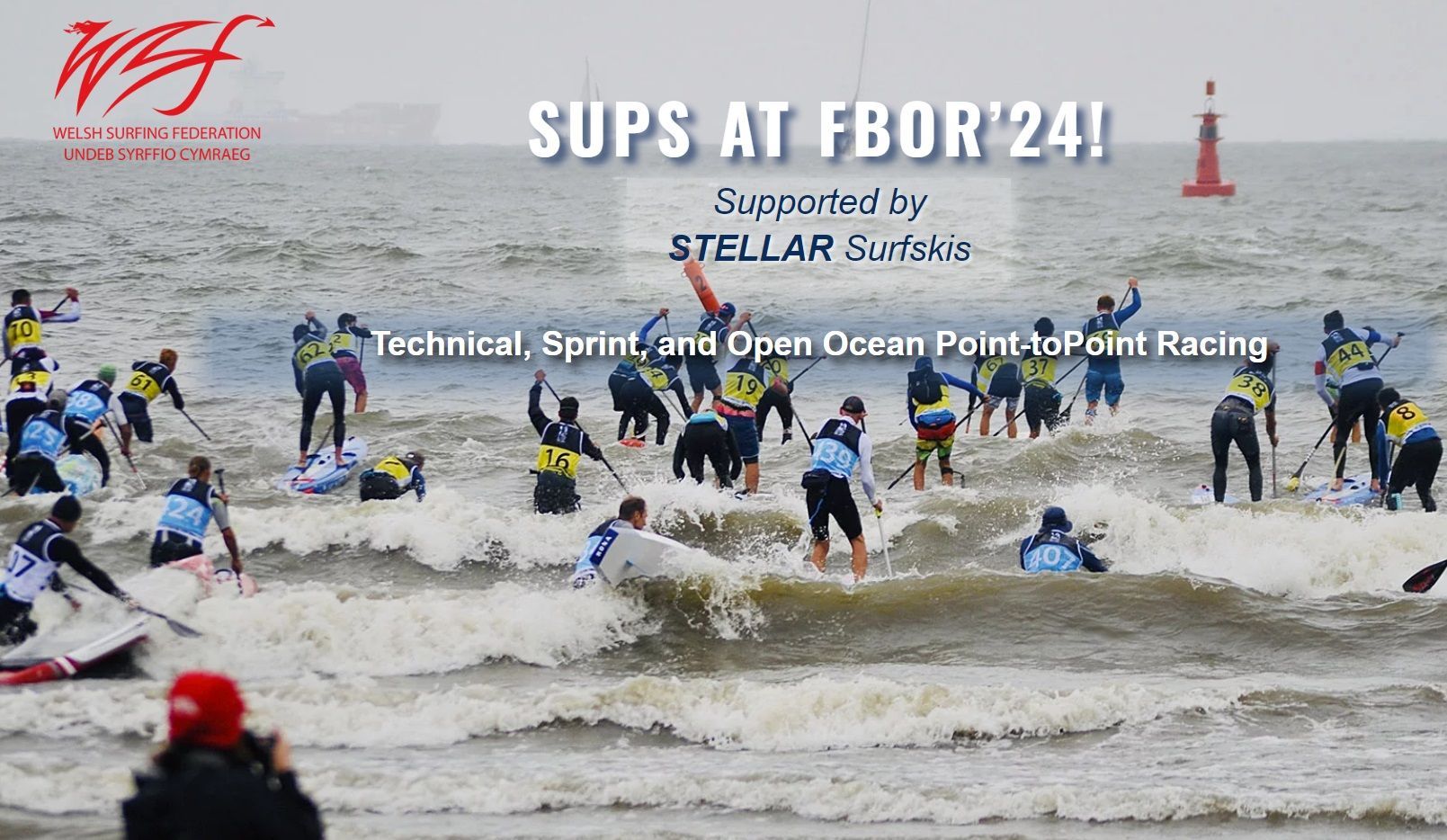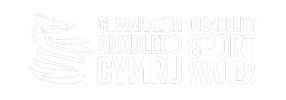- Home
- About
- Go Paddling
- #ShePaddles Cymru
- Qualifications & Awards
- Competition
- Resources
- Access to Waterways
- Ceufad
- Club Support and Affiliation
- COVID-19 Guidance
- Discounts and Special Offers
- Event Planning and Safety
- Insurance
- Craft Insurance
- Protecting Our Environment
- Safeguarding and Child Protection
- Report an Incident
- #ShePaddles Cymru Champion Club Programme
- The Canoeing Code
- Young Volunteers
- Shop
- Environmental and Access
Tackling Aliens: A Welsh Perspective
In this article, Natural Resources Wales (NRW) share their perspective and explain how they are tackling and managing invasive non-native species (INNS) in Wales
Invasive non-native species (INNS) are any non-native animal or plant that can spread causing damage to our environment, the economy, our health and the way we live.
Lots of work is going on in Wales and at a GB level to try to tackle INNS, and everyone can take a role in supporting this work.
Many non-native plants and animals are important to the economy and to our wellbeing as they are used for food, medicine or are planted in our gardens.
However, some non-native species can spread due to a lack of predators or other factors which would usually keep them under control where they naturally occur.
Sometimes INNS have been brought into Wales on purpose because they were initially thought to be useful or thought not to cause a problem and sometimes they have hitchhiked on goods or vehicles.
As the movement of people and goods have increased globally over the last 50 years so have the number of species arriving, this trend is set to continue unless action is taken to reduce their spread.
INNS of interest in Wales
When people think about INNS they often think about widely spread species like Japanese knotweed or giant hogweed; however, there are currently more than 300 different non-native plants and animals that are already having an impact or would do if they were to arrive.
Many of the 300 species of interest to us in Wales have the potential to have more than one impact; all of them could affect the environment, around a third could affect our wellbeing and about a half could have an impact on the economy of Wales.
Recent research has identified INNS that are likely to arrive in GB in future and could have a significant impact; over half of these live in freshwater and approximately a third live in the sea. These include the round goby, a freshwater fish, which has had serious impacts on fisheries in America, and the watermilfoil plant, which has affected water quality, native wildlife and clogged up waterways in countries where it has established.
Tackling INNS
Other research recently carried out to look at how INNS are arriving into GB has identified that two of the top five pathways of introduction are linked to recreational boating (i.e. in water containing INNS inside boats or attached to their hulls).
No single organisation is responsible for tackling INNS, and they are such a large problem that a multi-agency and organisation approach is needed. This has led organisations including British Canoeing to come together at a GB level to help come up with a recreational boating "pathway action plan" that aims to reduce the risk of the introduction and spread of these species. There are plans to consult with the public on the draft plan soon.
Freshwater INNS
Freshwater INNS are having a significant impact and are often difficult or impossible to control once they have established. For example, the sometimes deliberately introduced North American signal crayfish are currently driving our native crayfish towards extinction from disease and are impacting on fisheries by eating fish eggs. They also burrow into riverbanks causing erosion that can affect flooding, livestock safety and the stability of structures built on riverbanks.
Sadly, there is currently no way of eradicating North American signal crayfish once they have spread to a river or stream. The method of eradicating them from ponds or lakes is expensive, difficult to do and significantly impacts on native wildlife.
Another species which is difficult to control if it is spread is New Zealand pigmyweed, which forms dense mats that can shade out other plants. Spread through tiny fragments, it is having a major effect on some of the most important designated nature sites in Wales. Currently there is no environmentally sensitive, effective method of eradicating this plant once it establishes in a water body.
Given the difficulties in tackling freshwater INNS, the most effective way of dealing with them is to prevent their introduction and spread in the first place. Biosecurity is a way of working that reduces the risk of introducing or spreading invasive non-native species (INNS) and other harmful organisms such as pests and diseases.
In recent years there has been increased focus on trying to stop newly arrived species from establishing by promoting national biosecurity campaigns to reduce their spread, like "Check Clean Dry" and putting in place plans to enable swift action if new species are discovered.
There is ongoing work to tackle newly arrived species and prevent their spread, for example a Welsh Government funded project is looking at the feasibility of eradication of a tiny but damaging freshwater fish called topmouth gudgeon in the Llanelli area. Canoe Wales has been working with stakeholders to develop washdown facilities and signage to help to improve biosecurity at one of the sites on the Lliedi river where it is present.
NRW and INNS
Natural Resources Wales (NRW) is a Welsh Government sponsored body whose aims are to ensure that the environment and natural resources of Wales are sustainably maintained, enhanced and used, now and in the future.
NRW have various roles in relation to supporting action to tackle INNS in Wales and include gathering data, providing advice to certain organisations, regulating activities through issuing licences and funding certain projects.
As a landowner NRW may undertake action to control INNS on land that they own or manage including flood risks assets, protected ancient woodland sites and National Nature Reserves. As an example, NRW is working to eradicate American skunk cabbage in Black Covert woodland near Aberystwyth. Eradicating it here will stop it from affecting the woodland and help to prevent its spread to a protected nature site on the Ystwyth river.
NRW also support action to tackle INNS on sites designated for nature by establishing large scale projects like the "Four Rivers for LIFE" project which includes action to tackle INNS on the Teifi, Cleddau, Tywi and Usk Special Area of Conservation rivers.
Managing INNS
Action is being taken on many other river catchments by a variety of stakeholders. As an example, the ‘Sustainable Stitch in Time’ project is concentrating on tackling widely spread INNS like Himalayan balsam on rivers in the Pembrokeshire National Park.
As no single organisation is responsible for tackling INNS in Wales, a project called the Wales Resilient Ecological Network (WaREN) has been established to develop a pan-Wales approach that brings together stakeholders to tackle INNS in a prioritised and joined up way.
Lots of work is being carried out to increase our understanding of the threat and impact that INNS are having at both a GB and a Wales level and many different stakeholders are working together to reduce the spread of INNS in Wales.
There are opportunities for everyone to get involved and help protect the environment, economy and the wellbeing of the people of Wales from INNS.
Paddlers can help to reduce the spread of INNS by:
- Ensuring that all equipment is checked, cleaned and dried between different locations to reduce the spread of INNS.
- Learning about INNS and how to identify them by visiting the GB Non-Native Species Secretariat (GBNNSS) website.
- Contributing to science by reporting sightings of the INNS you see when you are out and about with the free bilingual LERC Wales App or the iRecord App on your mobile phone.
- Understanding what INNS are present at locations you visit by checking the National Biodiversity Network Atlas Wales INNS Portal.
- Coaches considering the risk of spreading INNS when undertaking risk assessments for teaching at different locations.
- Coaches actively raising awareness about the importance of biosecurity and the threat of INNS with their students.
- Clubs raising awareness of the ‘Check Clean Dry’ campaign by putting up posters and signage in club houses or including Check Clean Dry campaign information or logos in emails and on social media (available from the GBNNSS website).
- Finding out more about how INNS are affecting Wales by looking on the newly launched Wales Environmental Portal hosted on the NRW website.
- Setting up or joining a local action group to tackle INNS in your area, the WaREN project may be able to help.
- Getting involved!
If you have any concerns regarding invasive species in the areas you paddle in Wales, please feel free to contact our Places to Paddle Manager, Phil Stone, on phil.stone@canoewales.com for any further guidance.
Article Credits
This article was written by Natural Resources Wales and originally published in the Autumn 2021 issue of our paddling magazine, Ceufad.
Many thanks to the following for use of their photos in this article:
- Skunk Cabbage ref GBNNSS
- Himalayan balsam ref the GBNNSS
- Signal crayfish ref GBNNSS and Trevor Renals
- Topmouth gudgeon ref Matt Braiser EA
- New Zealand pigmyweed reg GBNNSS
Recent Posts
OUR PARTNERS
Canoe Wales | All rights reserved.
Website Design by Website Sorted
CANOE WALES, CANOLFAN TRYWERYN, FRONGOCH, BALA, GWYNEDD, LL23 7NU | Company No. 02478971 | VAT No. 115151262






